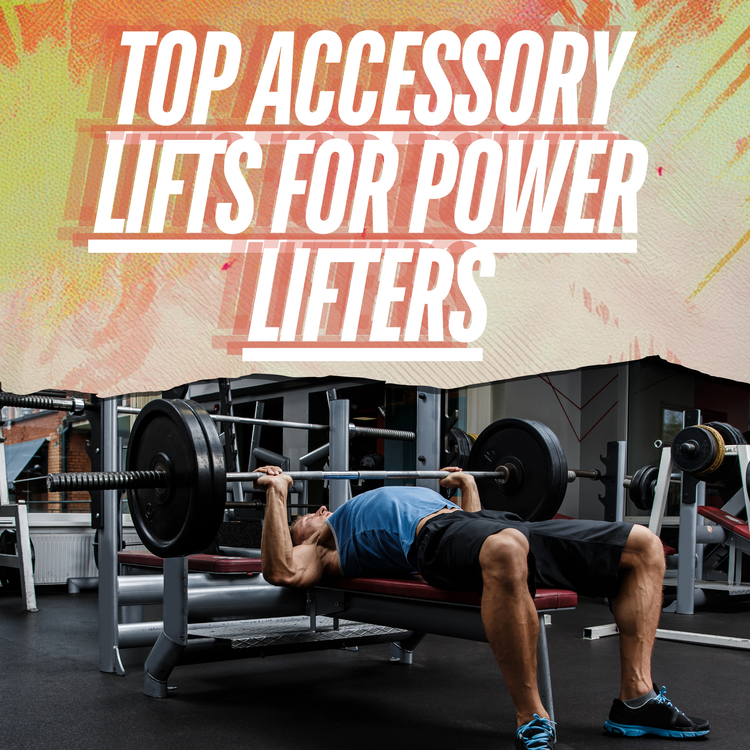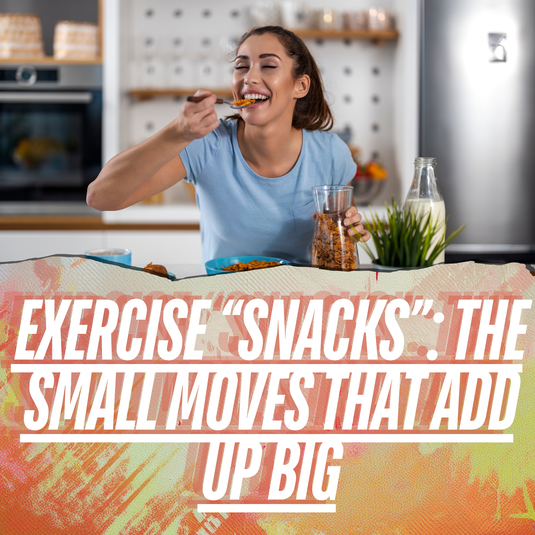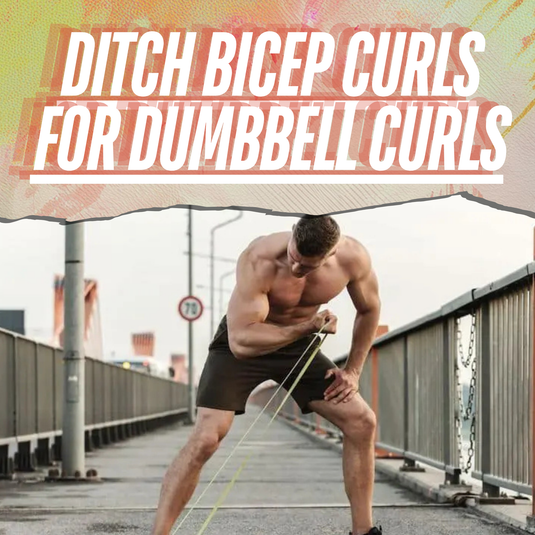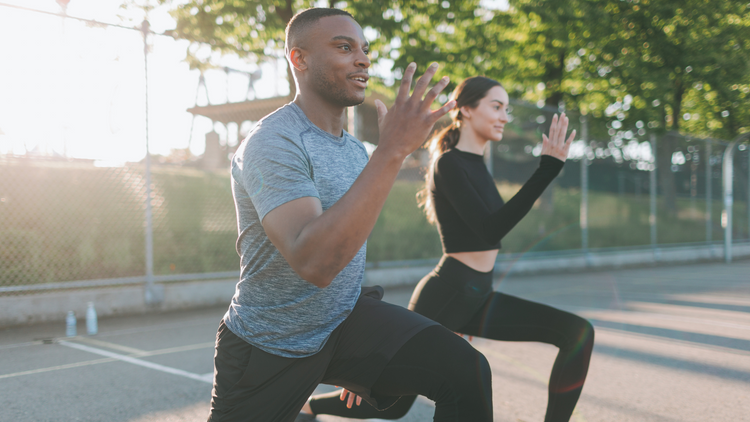The Best Accessory Lifts to Boost Your Powerlifting Performance

⏱️ Estimated Read Time: 6 minutes
🧠 TL;DR
- The Best Accessory Lifts to Boost Your Powerlifting Performance offers effective, accessible movements for targeted results.
- This guide is designed to help you move smarter, build strength, and stay consistent.
✍️ Summary
This post explores the best accessory lifts to boost your powerlifting performance in a way that’s actionable and easy to follow. Whether you're new to this style of training or leveling up, it includes practical takeaways for your routine.
📚 Table of Contents
Powerlifting is all about mastering the “Big Three” lifts: the squat, bench press, and deadlift. However, focusing solely on these movements can lead to plateaus or imbalances in strength and muscle development. Accessory lifts come into play to target weak points, build stability, and enhance overall performance in the main lifts. If you’re aiming to break through plateaus and become a more well-rounded lifter, here are some of the best accessory lifts to incorporate into your powerlifting routine.
1. Front Squat
Primary Target: Quads, core, upper back stability
The front squat is an excellent accessory to improve your squat by building quad strength and promoting a more upright posture. It also reinforces core stability and upper back tightness, which are crucial for maintaining form under heavy loads. For lifters who struggle with staying upright in the back squat or have a forward-lean issue, front squats are a go-to movement.
How to Program:
Use moderate weights for sets of 3–5 reps, focusing on maintaining a strong rack position with proper core engagement.
2. Paused Bench Press
Primary Target: Chest, triceps, explosiveness
The paused bench press helps eliminate momentum and forces you to develop more power off the chest, improving your overall pressing strength. It’s particularly useful for lifters who get stuck at the bottom of the bench press. By holding the bar at the chest for 1–3 seconds, this lift trains you to stay tight and explosive throughout the press.
How to Program:
Perform sets of 3–6 reps with a 1–3 second pause on the chest. Focus on smooth, powerful presses.
3. Romanian Deadlift (RDL)
Primary Target: Hamstrings, glutes, lower back
The Romanian deadlift is a fantastic accessory for deadlifters looking to improve their hamstring and glute strength. Since the movement emphasizes the eccentric (lowering) portion of the lift, it helps strengthen the posterior chain and improve lockout power for the deadlift. It also teaches you to hinge at the hips properly while maintaining tension.
How to Program:
Include 3–4 sets of 6–10 reps, focusing on controlling the eccentric portion to maximize hamstring engagement.
4. Barbell Rows
Primary Target: Upper back, lats, grip strength
Building a strong upper back is critical for all three powerlifting lifts. Barbell rows are an excellent exercise to strengthen the lats, traps, and rhomboids, which stabilize the bar in both the squat and bench press. A stronger upper back also helps with deadlift lockouts by maintaining a more rigid posture.
How to Program:
Perform sets of 6–10 reps, focusing on strict form and squeezing the shoulder blades at the top of the movement.
5. Bulgarian Split Squat
Primary Target: Quads, glutes, unilateral leg strength
The Bulgarian split squat is a unilateral (single-leg) exercise that can address strength imbalances between legs, improve balance, and increase hip mobility. It’s an excellent accessory for improving squat stability and strength by targeting the quads and glutes. Additionally, it helps reduce the risk of injury by correcting any muscular imbalances.
How to Program:
Do 3–4 sets of 8–12 reps per leg, focusing on keeping the torso upright and driving through the heel.
6. Incline Dumbbell Press
Primary Target: Upper chest, shoulders, triceps
For lifters who struggle to build pressing strength at the mid or top of the bench press, the incline dumbbell press can help. This movement targets the upper chest and shoulders, improving lockout strength and shoulder stability, both of which are essential for a stronger bench press.
How to Program:
Include 3–4 sets of 8–12 reps with a controlled descent and a focus on full range of motion.
7. Deficit Deadlift
Primary Target: Hamstrings, glutes, lower back
The deficit deadlift is performed with the lifter standing on an elevated surface, increasing the range of motion in the deadlift. This accessory is great for improving your pulling power from the floor, especially if you tend to struggle with breaking the bar off the ground. The increased range of motion forces you to recruit more from your hamstrings, glutes, and lower back.
How to Program:
Perform sets of 3–5 reps, focusing on maintaining a flat back and smooth pull from the deficit.
8. Lateral Raises
Primary Target: Shoulders (deltoids)
While powerlifting emphasizes strength, shoulder health is vital for long-term lifting success. Lateral raises help strengthen the deltoids, providing additional support to the shoulders during heavy pressing movements like the bench press. Strong shoulders also contribute to better stability in the squat.
How to Program:
Include 3–4 sets of 10–15 reps, focusing on a controlled motion and avoiding excessive swinging.
9. Good Mornings
Primary Target: Lower back, hamstrings, glutes
Good mornings are a highly effective movement for developing posterior chain strength, especially in the lower back and hamstrings. This accessory improves the ability to maintain a strong torso position in both the squat and deadlift, helping you stay stable and tight under heavy loads.
How to Program:
Perform sets of 5–8 reps, focusing on hinging at the hips and maintaining a neutral spine throughout the movement.
10. Face Pulls
Primary Target: Upper back, rear deltoids, shoulder health
Face pulls are a highly underrated accessory exercise that strengthens the rear deltoids and upper back, helping maintain good shoulder health. Strong rear delts contribute to shoulder stability in the bench press and prevent imbalances that can lead to shoulder injuries.
How to Program:
Add 3–4 sets of 12–15 reps, focusing on pulling the rope to eye level and squeezing the shoulder blades together at the top.
Conclusion
Incorporating these accessory lifts into your powerlifting routine will address weaknesses, improve stability, and increase strength in the Big Three lifts. Whether you’re working on exploding off the chest in the bench press, locking out heavy deadlifts, or maintaining a rock-solid squat form, these exercises will provide the necessary support to help you hit new personal records and stay injury-free.
Want more guidance? Check out our Weekly Dumbbell Workout #1.
📝 FAQs
How often should I do these exercises? +
2–3 times per week is a good starting point for most people.
Do I need equipment? +
Many of these can be done with just your bodyweight or a single kettlebell or dumbbell.
Can beginners do these routines? +
Yes! These movements are designed to scale with your fitness level.






